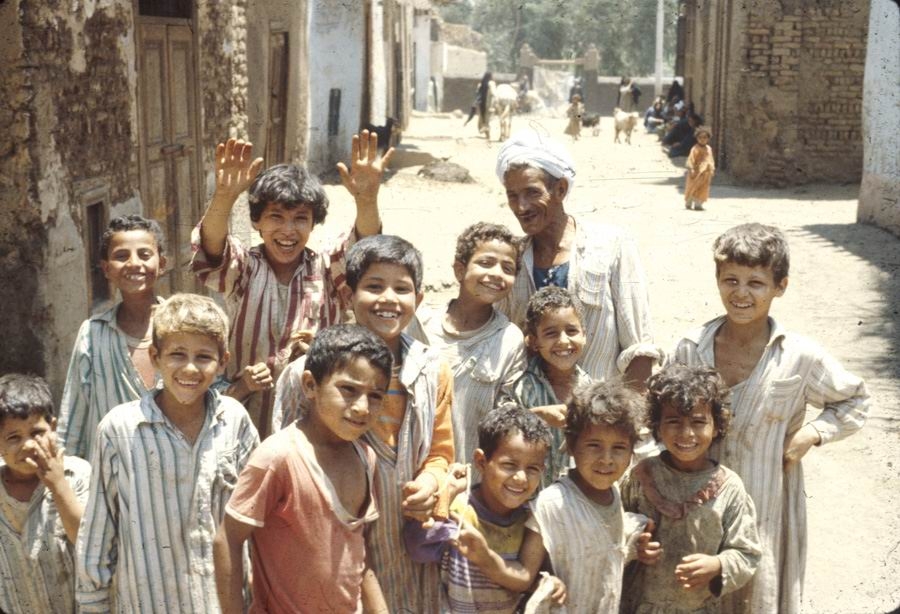Test, Treat, Track, Test, and Treat Active Surveillance toward Elimination of Schistosomiasis: A Feasibility Study

We assessed the feasibility of using a test, treat, track, test, and treat (5T) active surveillance strategy to identify and treat individuals with schistosomiasis in three very low-prevalence villages in Kafr El Sheikh Governorate, Egypt. Primary index cases (PICs) were identified using the point-of-care circulating cathodic antigen (POC-CCA) assay in schools, in rural health units (retesting individuals with positive Kato-Katz examinations over the previous 6 months), and at potential water transmission sites identified by PICs and field observations. Primary cases identified potential second-generation cases-people with whom they shared water activities-who were then tracked, tested, and treated if infected. Those sharing water activities with second-generation cases were also tested. The yield of PICs from the three venues were 128 of 3,576 schoolchildren (3.6%), 42 of 696 in rural health units (6.0%), and 83 of 1,156 at water contact sites (7.2%). There were 118 second- and 19 third-generation cases identified. Persons testing positive were treated with praziquantel. Of 388 persons treated, 368 (94.8%) had posttreatment POC-CCA tests 3-4 weeks after treatment, and 81.8% (301) became negative. The 67 persons remaining positive had negative results after a second treatment. Therefore, all those found positive, treated, and followed up were negative following one or two treatments. Analysis of efforts as expressed in person-hours indicates that 4,459 person-hours were required for these 5T activities, with nearly 65% of that time spent carrying out interviews, treatments, and evaluations following treatment. The 5T strategy appears feasible and acceptable as programs move toward elimination.
Reda M R Ramzy, Amal Rabiee, Khaled M Abd Elaziz, Carl H Campbell, Nupur Kittur, Daniel G Colley, Ayat A Haggag. Am J Trop Med Hyg. 2020 Jul 13. doi: 10.4269/ajtmh.20-0156.
